Matteo Zamagni, The Relatedness of Neighbors, still image, courtesy of the artist.
Interview with Matteo Zamagni: The Relatedness of Neighbors
Matteo Zamagni’s first NFT uses visuals and music to explore the shift from organic evolutionary to electronic evolutionary processes.
Matteo Zamagni (b.1992) is an Italian-born, new media artist based in London. His genesis NFT, The Relatedness of Neighbors, uses visuals and music to explore the shift from organic evolutionary processes to electronic evolutionary processes. Viewers are drawn into a virtual forest where not everything is as it seems. Music and nature respond to each other and as the tempo increases, the scenes become increasingly abstract.
Zamagni’s inaugural NFT was minted on May 17 in exclusive partnership with Verisart and SuperRare as part of 8×8: 8 genesis NFTs by 8 major artists working with AI, code and digital technologies. Bidding closes around 2pm EDT May 20.
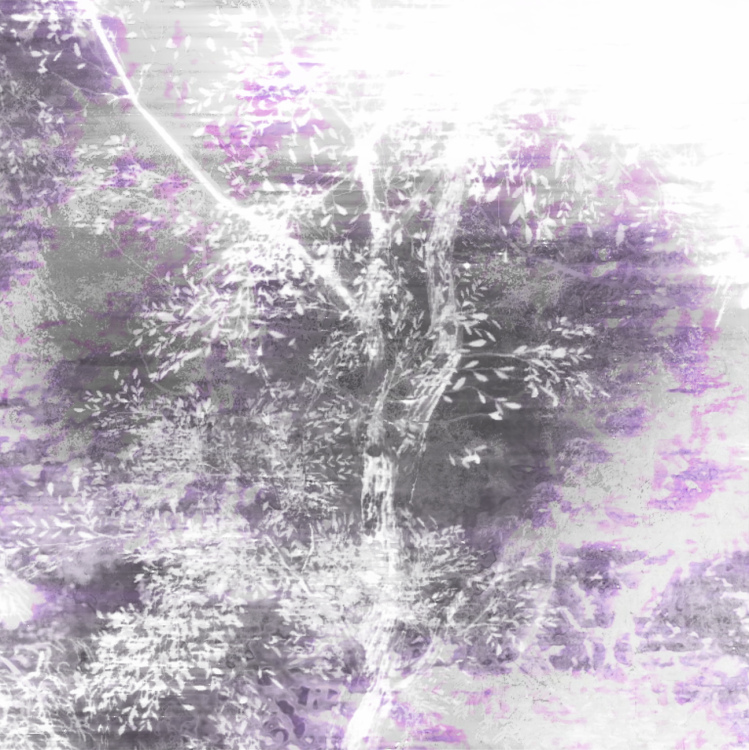
Technology as a Tool
Matteo Zamagni uses technology as a tool to create immersive and interactive videos as well as installations and performances. Zamagni practice stands at an intersection of spirituality, art and science. His works explore a variety of themes including consciousness, the body as a perceptive interface and the impact of mankind on our environment and ecosystem. Zamagni’s work has been presented in exhibitions internationally including the Times Square Midnight Moment, Moving Image Art Fair, Gazelli Art House, Barbican Centre and the Lumen Prize.
Vinciane Jones, Head of Community at Verisart, the leading blockchain certification provider, caught up with Matteo Zamangi to learn more about his inaugural NFT.
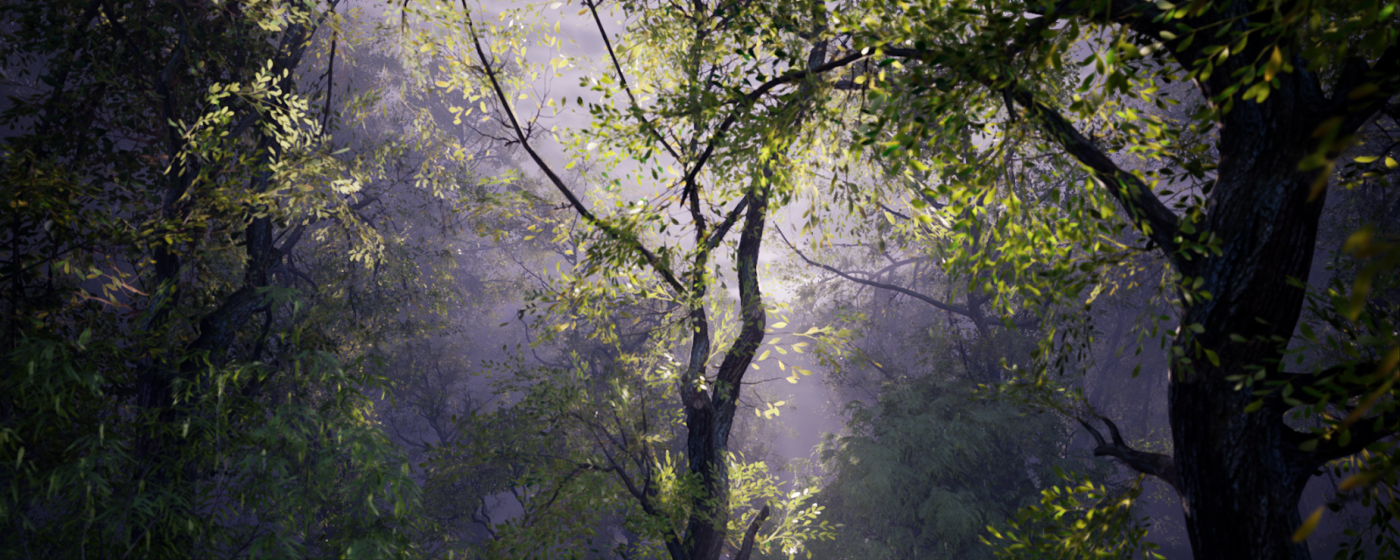
Vinciane Jones: You use technology as your tool and artistic medium, could you walk us through how you created this work?
Matteo Zamagni: The whole idea stemmed from wanting to develop a tool that could be used to generate real-time visuals. I decided to collaborate with one of my friends, a musician called TSVI. I wanted to test the ground to create a tool that could respond and interact with music in real-time. There’s a direct communication back and forth between Ableton, a music software, and Unreal Engine, the graphic engine. The soundtrack was made by TSVI and object blue, another producer based in London.
VJ: You built your whole work as a virtual world in Unreal Engine, what possibilities did that open up for you?
MZ: It’s basically world-building a 3D natural environment. What’s most fascinating is the versatility of the software. In this case, I’ve made a music video and although it may look like a 3D video created with traditional CG software, the work has the potential to be much more. There are so many possibilities all in one place; I could create a music video, a virtual experience, an interactive performance or a projection mapping. Technology is really pushing forward real time and it’s a very exciting place to be.
This initial exploration of real-time visuals and music will be the basis for my next audiovisual project. I’m making music under the alias Severn Orbits and aiming to develop an audiovisual set in a similar manner.
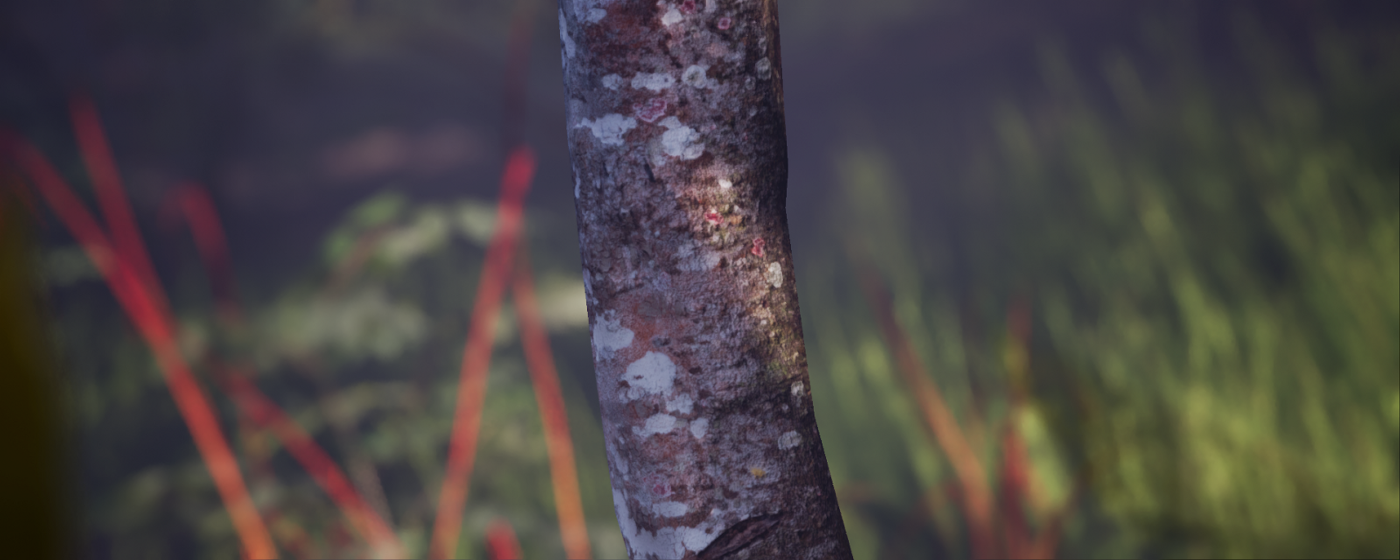
VJ: How did you develop such a strong connection between the visuals and the music?
MZ: It’s a whole communication system. The music itself is composed of different channels. I used the individual channels in the graphic engine and created the logic for the interaction. I was then able to drive everything in the environment, from the camera cuts, the camera speed to the Intensity and rotation sun, and the surfaces of all vegetation. It was a collaboration between me with the computer. The computer was running the graphics and audio with an underlying logic but I was also triggering and overriding the parameters on the go. The end result is a live performance that was translated into a video.
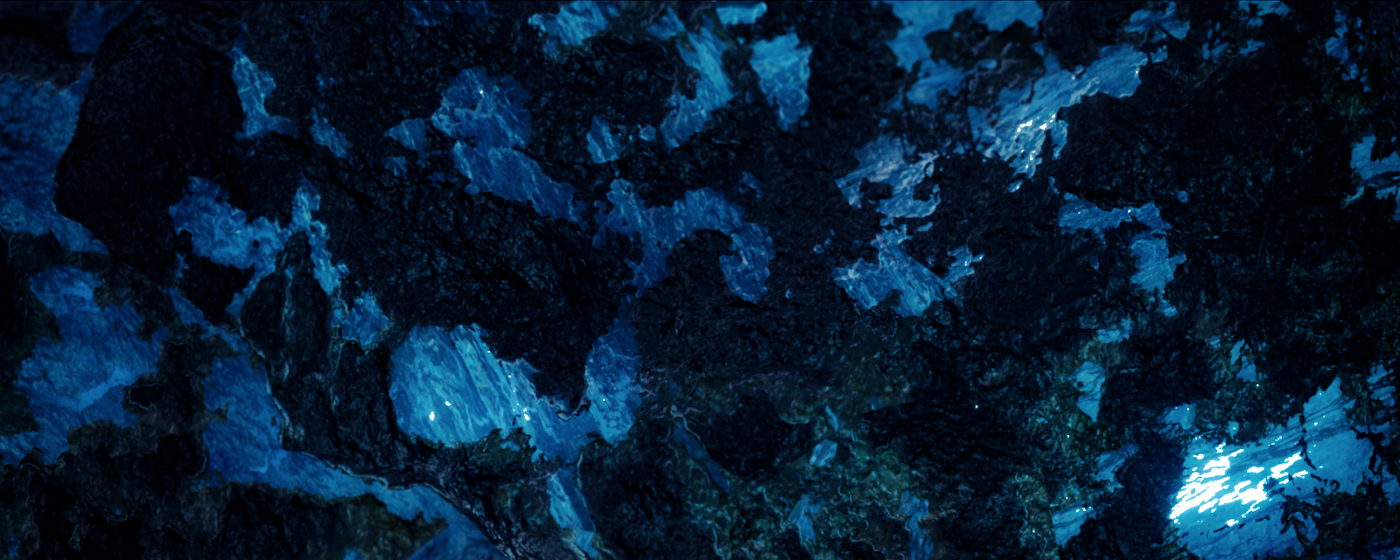
VJ: Where does your interest in music come from?
MZ: Music has always been part of my process, either subconsciously or willingly. Music can inspire certain ideas or emotions in a work. Recently, I started creating my own music. I have several friends in the music industry so I’ve always been around music and felt its influence. It felt like a natural progression to create work that I could holistically develop, in the sense that I could create something cohesive where I could express myself completely.
Music is also tied into the experience of an artwork and plays a fundamental role in my work. Playing with the senses and creating immersive spaces is an aspect of my practice which is very important to me. This idea has been present in my video works and through installations and experiences such as VR or mixed reality. Music brings another layer into my work because it can communicate very directly and touch people on an emotional rather than intellectual level.
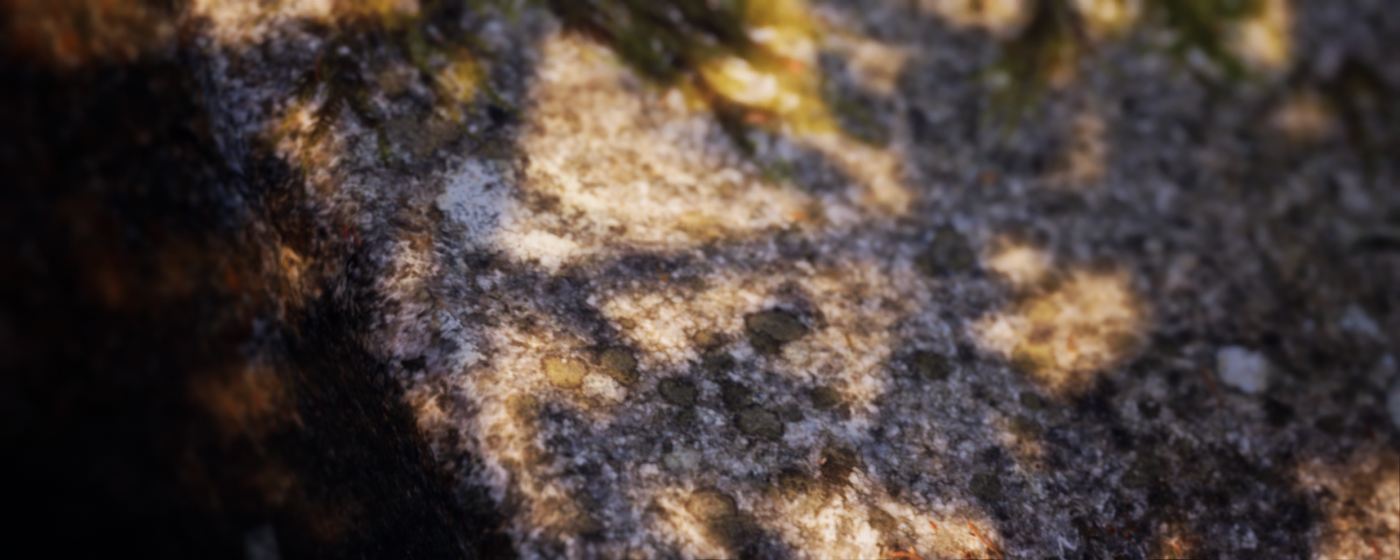
Machines and technology
VJ: You’ve described the work as inspired by the ‘ever-present conversations about machines and sentience’, could you explain a little more about what this means to you?
MZ: I was speculating on a future where organisms are made by organic cells and cybernetic structures and electronic components which function in symbiotic relationships. In the future, we may be predicting climate disasters by enhancing communication between plant species, the ecosystem and back to us, finding a way for these signals to help us protect specific environments.
Plants, very intelligently, communicate between species. I wanted to think about how this might be enhanced so that we can more clearly understand when we need to intervene. I tried to convey this in the artwork where the sound resonates throughout the space and enables different plants to visually communicate with each other.
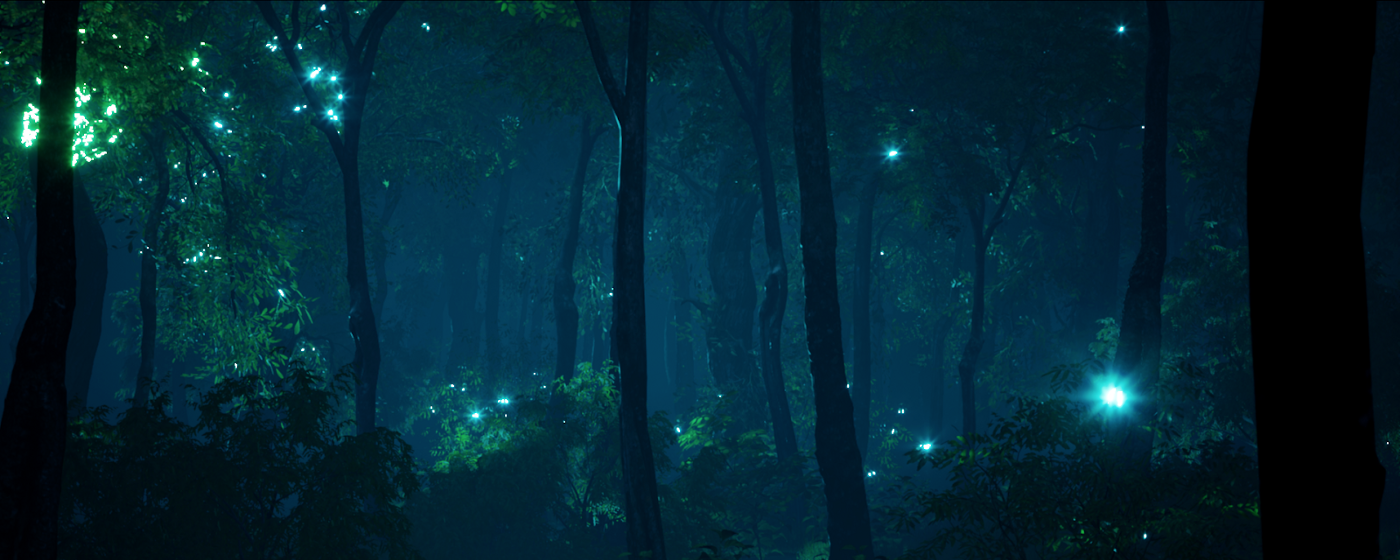
Oftentimes, we’re presented with the idea of an anthropomorphic version of AI but the technology could also be used in plants. There is also a lot of speculation about how cybernetic and hybrid life forms will develop.
The original idea of machines and sentience stemmed from a conversation I’d had with the music producers. AI has been a hot topic these days, especially as the technology is rapidly developing. While it’s new and exciting, it’s also important to remain critical and discuss the biases and longer-term consequences of such technologies.
My work speculates about this shift from organic evolutionary processes to electronic evolutionary processes and raises questions as to what the future might look like.
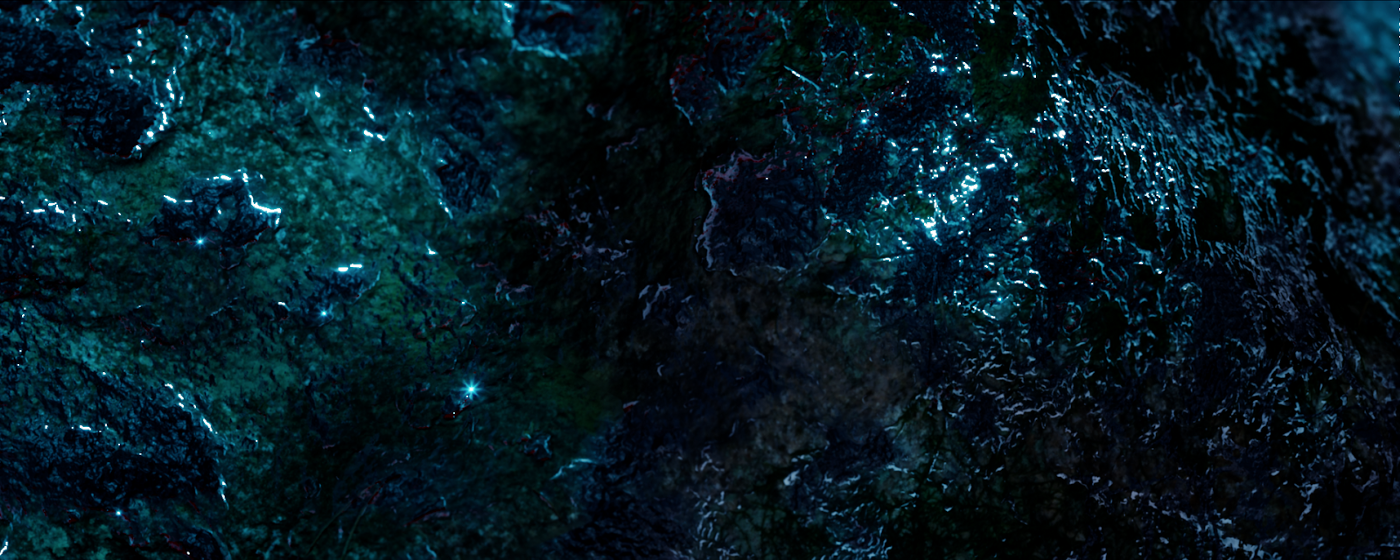
Thinking about NFTs
This NFT marks Zamagni’s first steps into the NFT space. The artist has been thinking about NFTs for a while but wanted to ensure his entry into space was done in a considered way.
Zamagni highlights the importance of research, “I want other artists to be aware that if they want to enter the NFT space they should be educated on how the technology works and its ecological impact and then base their decision on personal informed motivations.”
The artist explains, “This new technology is not perfect but at the same time it’s a revolutionary technology for artists in the digital world and it seems like it is the future we’re heading towards”.
Zamagni stresses that open discussions are key to ensuring change can happen and that NFTs become more sustainable for the future.

Matteo Zamagni’s NFT is certified with a Fair Trade Art Certificate from Verisart, an award-winning blockchain certification platform. Fair Trade Art is an initiative by Verisart designed to bring together artists and social impact organizations to do good. The certificate signals that funds from the sale of the artwork are benefiting a charitable cause. In this case, the artist will be donating 10% of his proceeds to Coalition for Rainforest Nations which assists tropical governments, communities and peoples responsibly manage their rainforests. The remaining profits from the sale will be invested by the artist into a new branch of his practice dealing with research into ecological damage.
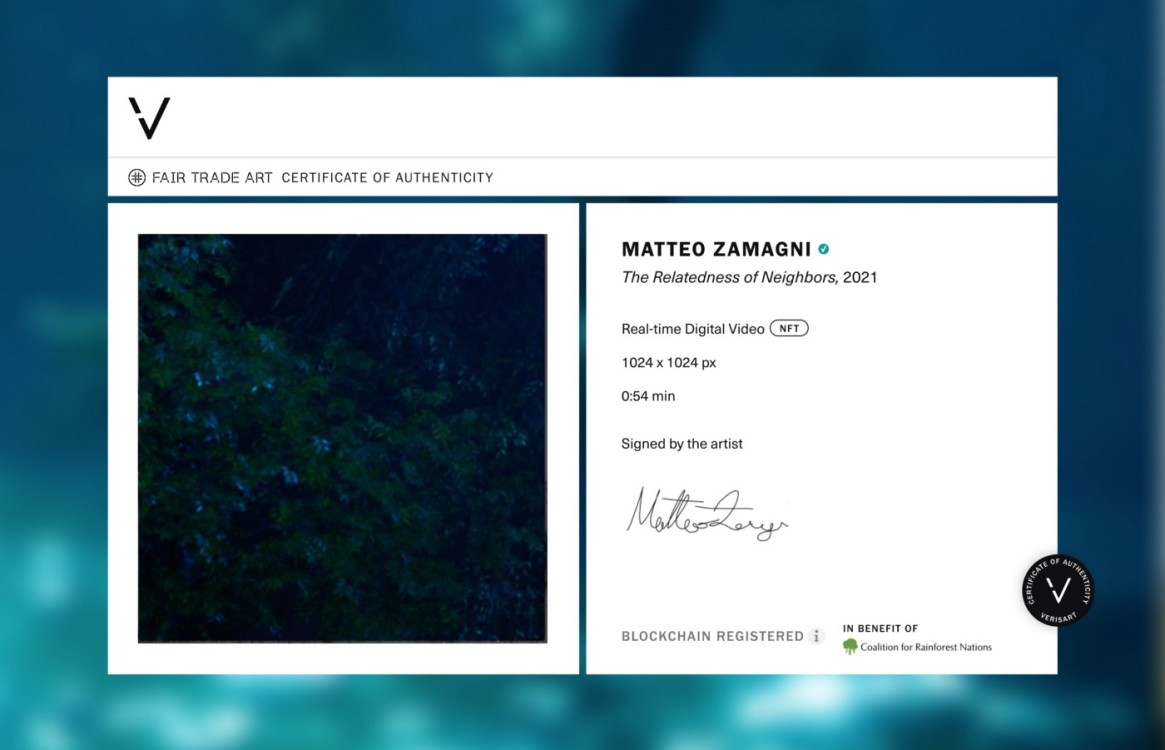
For collectors, Verisart’s patent-pending Certificates of Authenticity (COA) form an integral part of collecting NFTs. They provide confidence in the identity of the artist and the verified history of the artwork. Designed to empower artists to tell the story of their work, the digital certificates include additional images, videos and documents. Zamagni’s certificate includes exclusive access to a still image from a work in progress.
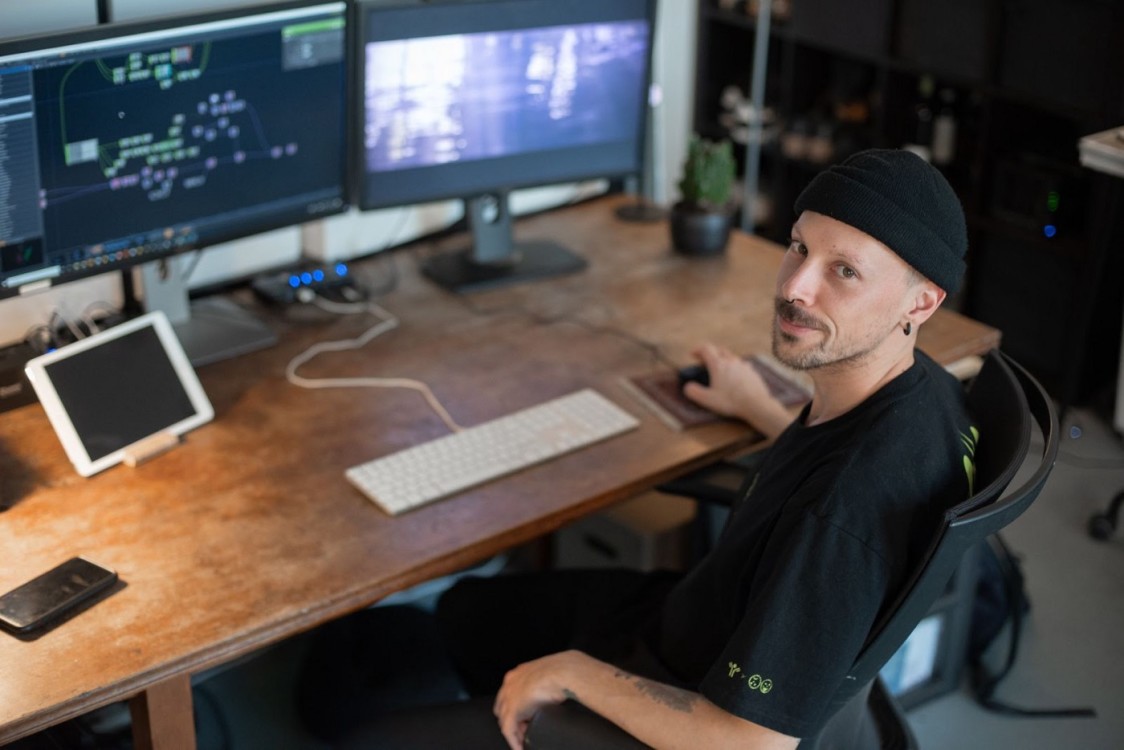
Bidding for Matteo Zamagni’s inaugural NFT, The Relatedness of Neighbors, closes at 2pm EDT on May 20.
Join Matteo Zamagni on ART TALKS WITH VERISART to hear him discuss life, art and tech with Robert Norton, CEO and co-founder of Verisart. Tuesday, May 18 at 3pm EDT/8pm BST on Clubhouse.